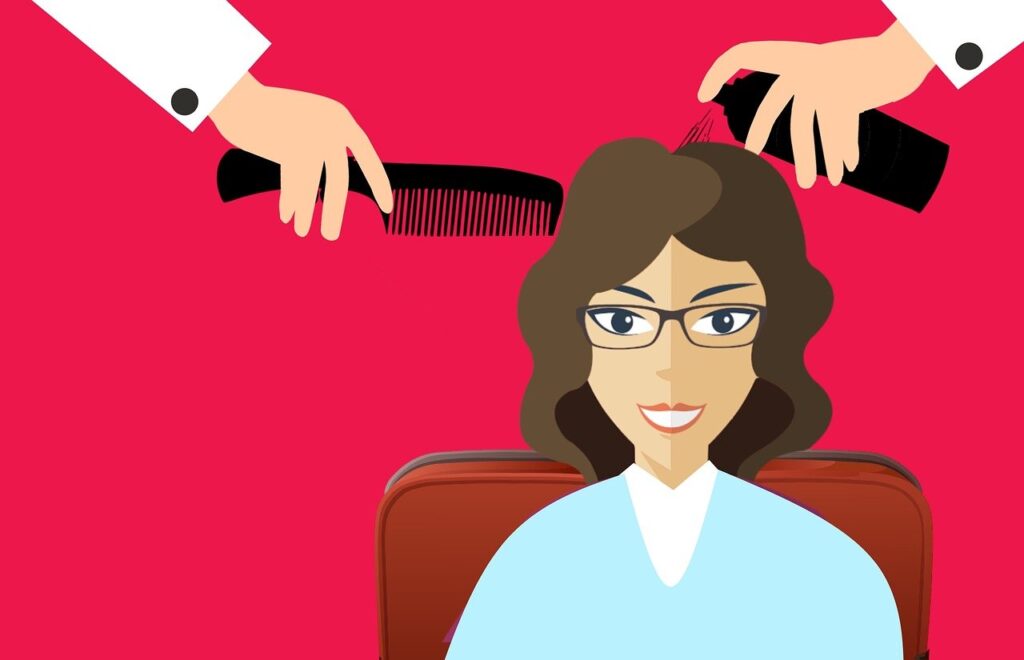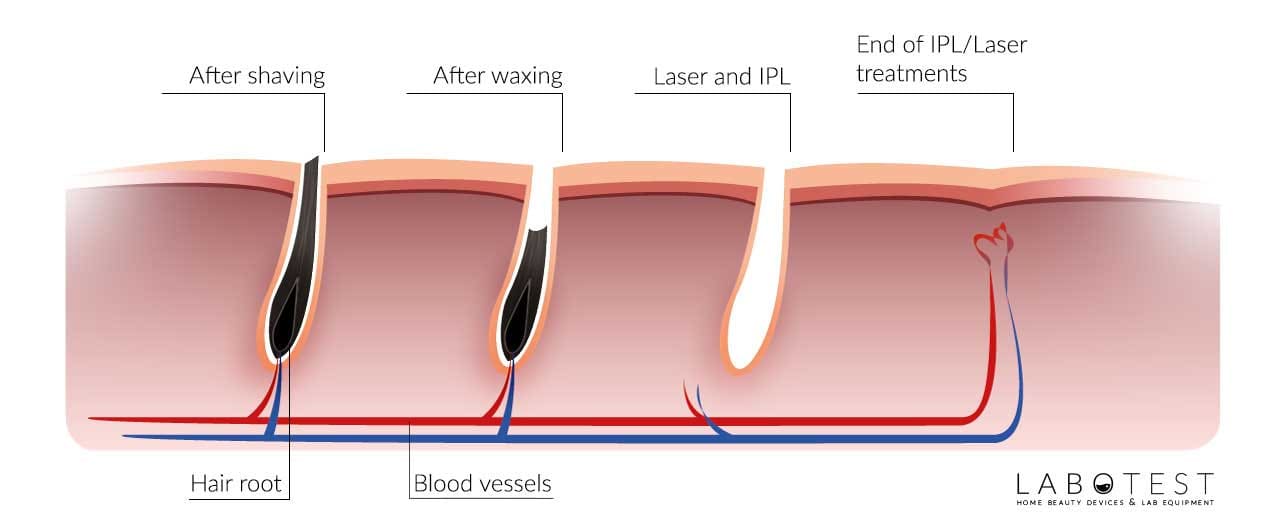Table Of Content
There's a lot to consider, and some may be better for your skin type, pain tolerance, and needs more than others. So, we tapped two estheticians to share everything there is to know about the different types of wax to equip you with the knowledge you need before deciding which type is best for you. Designed to be used on the body, these maxi-sized wax strips feature Easy-Gelwax technology that expertly removes hair from the root by gripping even the shortest of hairs.
Best Hair Removal Wax for Acne-Prone Skin
This process works incredibly well to remove excess wax or a leftover waxy residue from product buildup. Note that this process only works with traditional liquid-based shampoos and shampoo bars, this process doesn’t work with dry shampoo. If you have styling wax, hair wax, or another waxy product on your hair, shampoo and slippery conditioner may be your best bet. You won’t approach this wash session like you usually would because you’re tackling wax.
Best Hair Removal Methods for Every Skin Tone - RealSelf.com
Best Hair Removal Methods for Every Skin Tone.
Posted: Fri, 16 Feb 2024 08:00:00 GMT [source]
Nad's Facial Wax Strips
While it’s true that dishwashing soap is great for getting out oils and waxes, its chemical composition is not very hair-friendly, and may even damage your scalp if too much is used. It’s fine to use it on inanimate objects, but look for safer alternatives when it comes to living things. Just be careful not to use a shampoo that has wax in it itself–using a shampoo with wax in it could achieve the opposite effect you’re after and make your hair even waxier in the process. The conditioner will lubricate your wair so that it’s easier for the wax to slide off. Of course, using shampoo here is recommended, as you’ll want to wash out any remaining conditioner or bits of wax after the rinse. It is important to note that this method may not be suitable for those with sensitive or irritated skin.
What Are The Alternatives To Hair Wax?
As you can see, wax comes from a host of different sources, including sheep, insects, palm trees, soybeans, and even coal. Other plant waxes have more specific uses, such as jojoba oil and candelilla wax, which are appearing with increasing frequency in all-natural beauty products. All the shampoo and hot water in the world won’t do you any good when it comes removing wax from your hair, either. If anything, it’ll make your scalp and hair drier, thereby making the wax stickier and harder to get out. Hard waxes that have low viscosities when melted, like candle wax, will respond well to this method.
Vidasleek Hair Removal Wax Kit
4 Side Effects of Waxing Your Pubic Hair and Safety Tips to Follow - Livestrong
4 Side Effects of Waxing Your Pubic Hair and Safety Tips to Follow.
Posted: Sun, 05 Nov 2023 07:00:00 GMT [source]
This makes it more suitable for smaller, more sensitive areas like the lip, nose, underarms, and bikini area. When used on larger areas, like the legs, Shays explains it "can create breakage of hair towards the end of the pull." By following the tips and precautions mentioned, you can ensure a successful hair removal wax removal experience. If you have any concerns or uncertainties, it is always advisable to seek professional help from an esthetician or dermatologist. Using warm water and soap is a simple and readily available method that can be done at home.
Still, there are some precautions you’ll want to take when waxing yourself at home. Cold strips require the least preparation and with fewer moving parts of the whole operation, this is by far the most convenient option for traveling. Shays suggests using pre-made strips for smaller areas because they aren't spreadable like warm wax. These are the two main umbrellas that wax falls under, but there are actually many more types being used. Just think about sugaring (and is that even wax?), or the lesser-known cold wax.
By utilizing the right techniques and products, you can overcome these challenges and achieve smooth and wax-free skin. In this article, we will explore various methods to effectively remove hair removal wax from the skin. These methods are easy to follow and can be done using common household items. Whether you are a beginner or have been using hair removal wax for years, these techniques will help you achieve a clean and wax-free finish.
Hair Type:
Hair removal methods range from easy and cheap (like shaving with a razor) to high-tech and expensive (like laser hair removal and electrolysis). Paraffin wax is a soft, solid, colorless wax that’s good for softening skin, nails, and cuticles in spa treatments. It can also relieve pain when rubbed onto sore joints suffering from painful conditions like fibromyalgia, rheumatoid arthritis, and osteoarthritis, to name a few. This is because paraffin wax increases blood flow and relaxes stiff joints and muscles. This method is quick and effective in removing wax residue from the skin.

Testers said it was easy to apply, didn’t irritate skin, and wasn’t unbearably painful. Plus, even though it took a little more time to use than others, testers didn’t think it was difficult to prepare, making it the perfect mess-free choice for everywhere from bikini to underarms. Soft warm wax is cream- or resin-based and used for strip waxing. A cloth strip is pressed on and removed, taking the hairs with it.
Unlike professional electrolysis, kits don’t involve inserting probes into your hair follicles. The laser emits a beam of light, which the pigment (color) in your hair absorbs. Over time, this can destroy the hair follicle, so the hair cannot grow back. While it takes about 6 treatments from a dermatologist to destroy a follicle, the hair will grow back thinner and finer after each treatment. You apply a cream, lotion, or gel to the skin, which can dissolve unwanted hair. Talk about easy to use—this sugar wax comes with a roll-on applicator, meaning zero chance of a sticky mess.
That said, this a product that is not made for skin—it can burn and potentially cause allergic irritation or contact dermatitis, so be careful. "Some types of waxes can damage the skin or cause an allergic reaction for people with sensitive skin or skin conditions," says Dr. Engelman. She suggests consulting a dermatologist or licensed waxing professional before trying it if you are prone to breakouts or skin inflammation. Sugar waxing (or sugaring) has become a popular waxing option in recent years, as it’s thought to be a more natural, less painful option than soft and hard waxing. Sugar wax is made from sugar, water, and some form of citric acid, such as lemon juice. “You definitely don’t want to wax any area that has been recently sunburned, has eczema, or is inflamed in any way,” Henry says.
However, it’s essential to follow proper techniques and instructions to ensure successful hair removal and minimise the risk of skin irritation. All you have to do is rub the strip in your hands for 20 seconds to heat the wax, pull the strip apart and apply it to the skin, hold the skin taut, and pull the opposite of hair growth. For beginners, Dr. Idriss recommends pre-made wax strips, citing them as the most user-friendly, mess-free option. They come with the right amount of cold soft wax already attached and are ready to use—meaning they don't require heating, which can be harsh for skin prone to irritation.


No comments:
Post a Comment